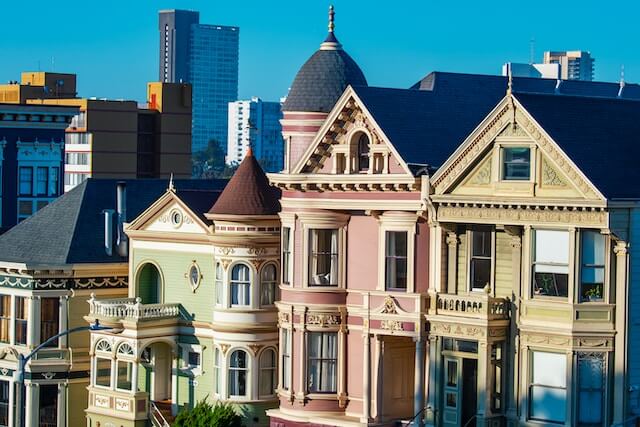According to a new report from Redfin, luxury home prices in San Francisco are falling faster than anywhere else in the nation: a record 12.7% year over year to $4.8 million in the second quarter – the largest decline among the 50 most populous U.S. metropolitan areas. While $4.8 million may not sound like a bargain, it is compared with the $5.5 million record high hit a year earlier.
Three other pricey West Coast tech hubs also saw double-digit declines. In Seattle, luxury sale prices decreased a record 12.3% to $2.5 million – the second biggest drop in the country. Next came Oakland, Calif. (-11.1% to $2.8 million) and San Jose, Calif. (-10.3% to $4.3 million).
Nationwide, luxury sale prices are still higher than they were last year. The median sale price of luxury homes rose 4.6% year over year to a record $1.2 million in the second quarter. By comparison, the median sale price of non-luxury homes climbed 1.5% to a record $340,000.
Slowed demand and a lack of inventory are propping up prices, which is fueling competition in many markets. Luxury housing prices in expensive coastal areas have taken a relatively big hit because those markets were already among the most expensive in the nation – prices had more room to fall.
Additionally, tech hubs have been disproportionately impacted by stock-market declines and tech layoffs, which have diminished buying power for high-end house hunters. In San Francisco, increasing housing supply is also likely contributing to the drop in prices; the metro was one of just three that saw new listings rise in the second quarter.
New listings of luxury homes fell 17.1% year over year in the second quarter, while those of non-luxury homes plunged a record 29.8%.
“Wealthy homeowners can often afford to move even if it means taking on a higher rate and monthly payment,” says Redfin chief economist Daryl Fairweather. “Wealthy buyers are also more likely to pay in cash, meaning they’re less likely to be deterred by elevated mortgage rates.”
Luxury listings are also holding up relatively well due to an increase in homebuilding. Newly built homes tend to be more expensive, meaning they often fall into the luxury tier. With so few people listing homes, builders are cashing in on being the only game in town.
Nationwide, the total number of luxury homes on the market fell just 2.4% in the second quarter, the smallest decline since 2020, while non-luxury supply plunged a record 18.8%.
Luxury home sales fell 24.1% year over year in the second quarter. While that’s a substantial decline, it’s the smallest in a year.
Luxury sales have consistently declined more than non-luxury sales over the last year because people tend to purchase fewer expensive goods during times of economic uncertainty, but the gap is likely narrowing in part due to an improving stock market and easing recession fears.
Photo by Gabriel Tovar on Unsplash.











